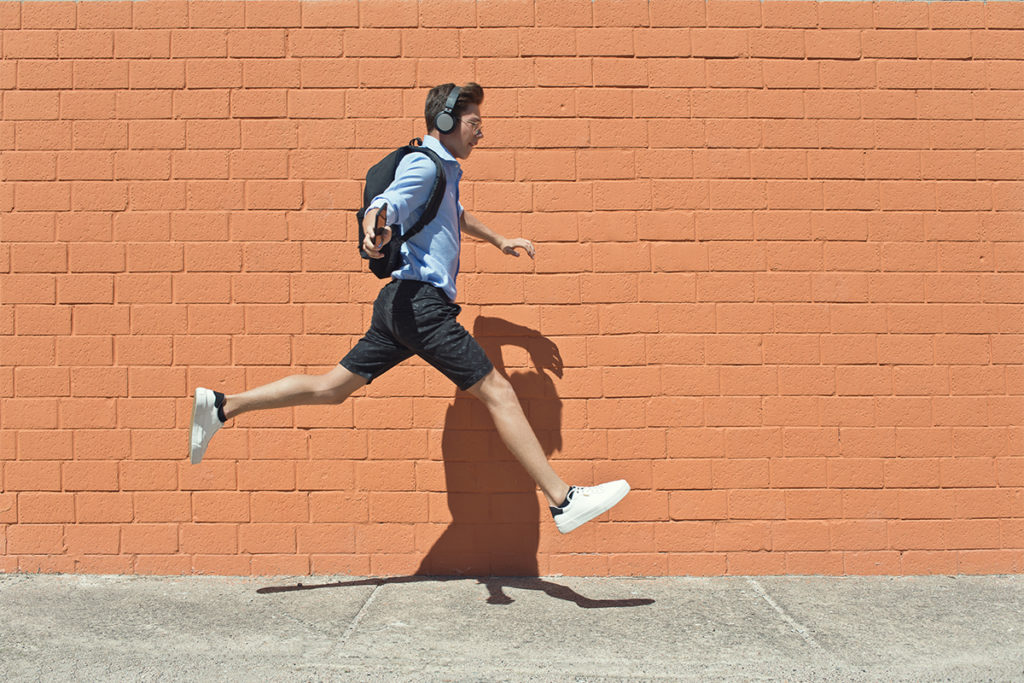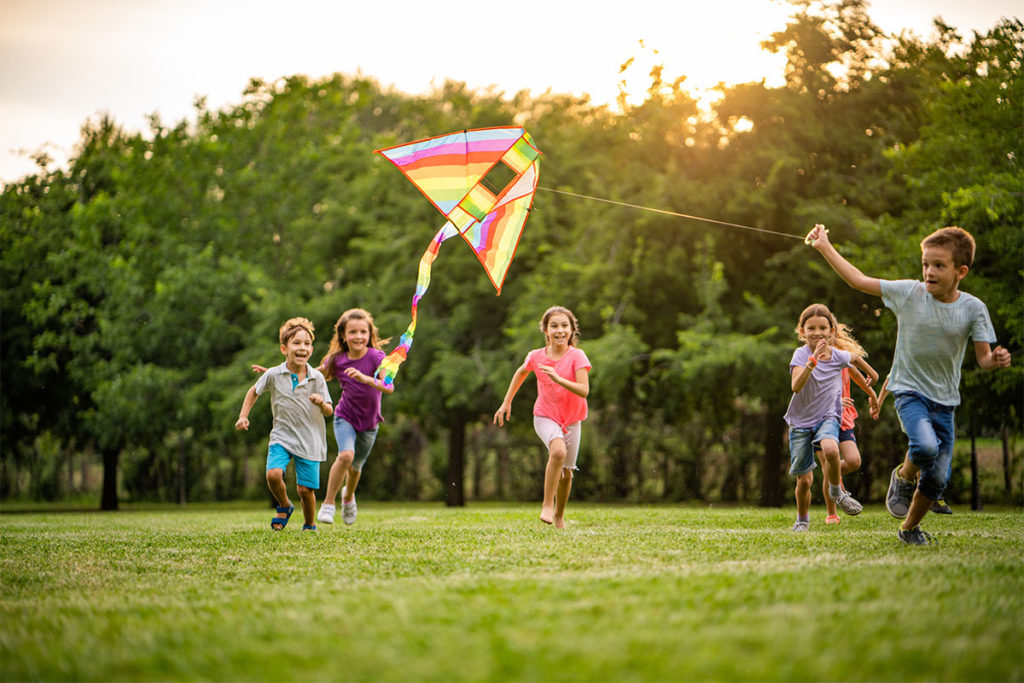Mind-Body Practices in Youth
Why Yoga and Mindfulness Matter

In recent years, yoga and mindfulness have moved beyond gyms and studios to become part of classrooms and after-school programs. The appeal is clear: these practices train self-regulation, while also developing flexibility, balance, and body awareness. For young people navigating the pressures of school, sports, and social life, that combination can provide a valuable toolkit for both body and mind.
The Science So Far
A growing body of research suggests that yoga and mindfulness can produce modest but meaningful benefits for stress reduction, mood, and focus in children and adolescents. Meta-analyses highlight small positive effects, though they also caution that more rigorous, long-term studies are needed (Felver et al., 2016; Zenner et al., 2014).
What makes these programs work best is consistency and fit. Developmentally appropriate routines designed with children’s attention spans, physical abilities, and social needs in mind are more effective than adult-style classes transplanted into schools. A playful approach that balances structure with engagement often helps sustain interest.
Implementation Matters
Research shows that the way these practices are delivered can determine their impact. Schools and youth programs that layer in brief daily practices rather than relying on occasional long sessions tend to see better outcomes. Just 5–10 minutes of mindful breathing, posture awareness, or guided attention during PE, homeroom, or transition times can help children reset mentally without cutting into core learning (Waters et al., 2015).
Importantly, teachers and coaches also need support and training. Programs succeed when staff feel confident leading simple practices and when schools commit to integrating them consistently, rather than treating them as one-off activities.
Beyond the Classroom
The benefits of yoga and mindfulness extend beyond academics. Young people who learn to pause, breathe, and notice their thoughts often report improvements in emotional regulation, resilience, and self-awareness. Which are all skills that translate into family life, friendships, and sports. By practicing balance poses or guided meditations, students are not just exercising bodies; they are cultivating habits of presence and calm that can serve them into adulthood.
The Bottom Line
Yoga and mindfulness are not quick fixes or cure-alls, but they can be powerful complements to physical education and mental wellness programs. When implemented thoughtfully; short, age-appropriate, and consistent, they offer youth tools to manage stress, stay present, and navigate challenges more effectively. In an era when many children face rising levels of stress and distraction, these simple practices may be small but meaningful steps toward healthier, more balanced lives.
References
-
Felver, J. C., Celis-de Hoyos, C. E., Tezanos, K., & Singh, N. N. (2016). A systematic review of mindfulness-based interventions for youth in school settings. Mindfulness, 7(1), 34–45. https://doi.org/10.1007/s12671-015-0389-4
-
Waters, L., Barsky, A., Ridd, A., & Allen, K. (2015). Contemplative education: A systematic, evidence-based review of the effect of meditation interventions in schools. Educational Psychology Review, 27(1), 103–134. https://doi.org/10.1007/s10648-014-9258-2
-
Zenner, C., Herrnleben-Kurz, S., & Walach, H. (2014). Mindfulness-based interventions in schools—a systematic review and meta-analysis. Frontiers in Psychology, 5, 603. https://doi.org/10.3389/fpsyg.2014.00603


